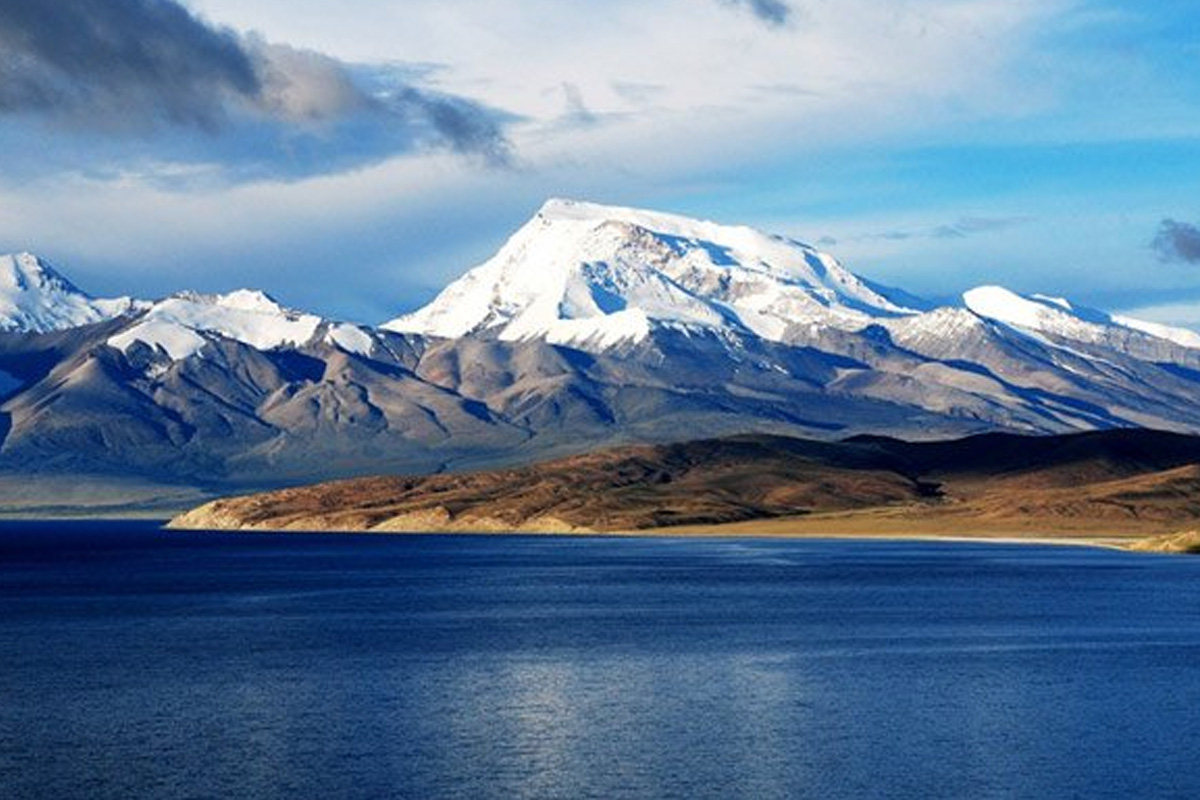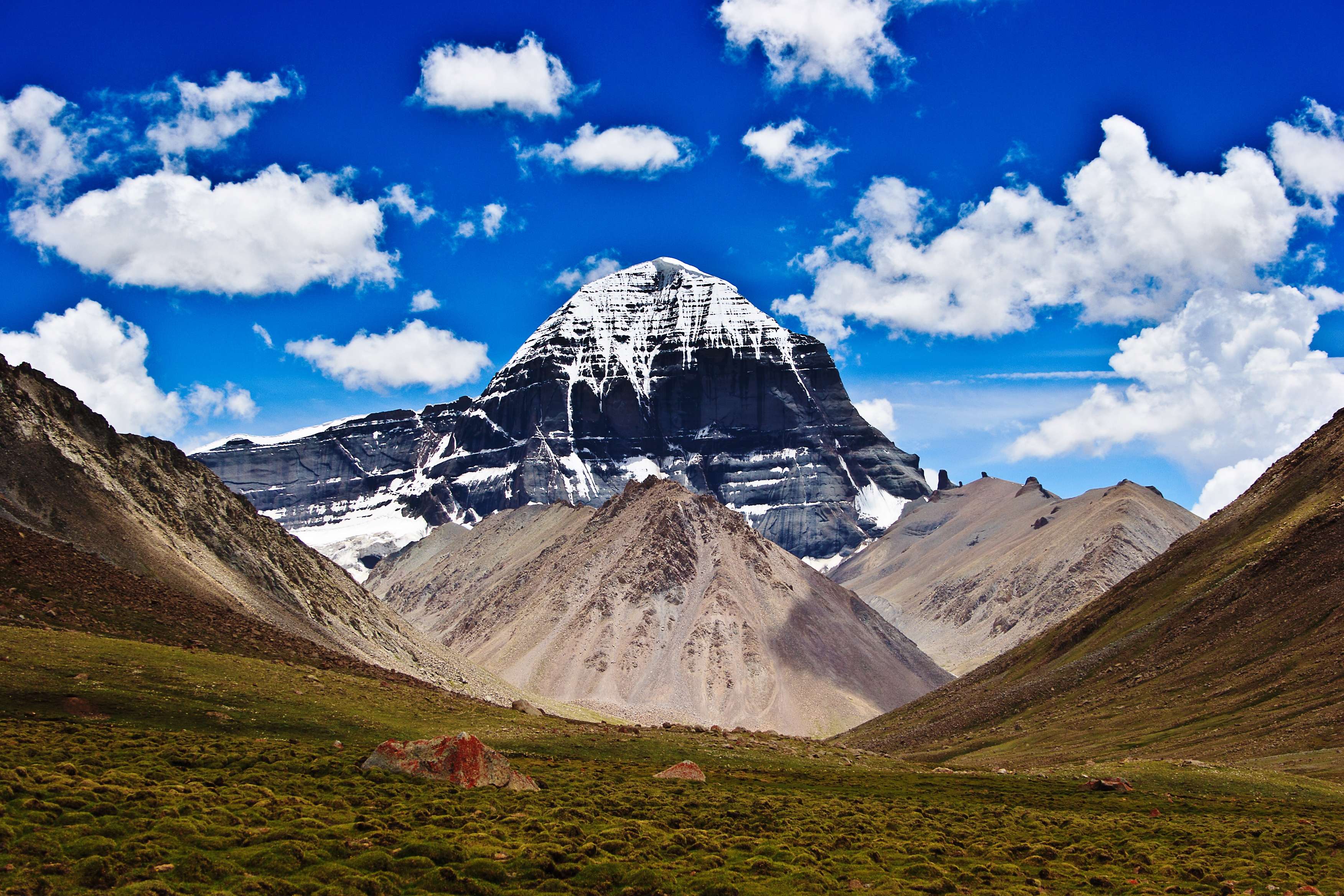Kailash & Lake Manasarovar Tour by Overland 2025










"Faith is not clinging to a shrine but an endless pilgrimage of the heart.”
This profound statement perfectly captures the essence of the Kailash Mansarovar Yatra, a journey that intertwines faith, spirituality, and adventure. Revered for its religious significance, cultural heritage, breathtaking natural beauty, and thrilling challenges, the Yatra stands as one of the most spiritually fulfilling and physically demanding pilgrimages in the world.
Religious and Spiritual Significance
Mount Kailash holds an esteemed place in the spiritual traditions of four major religions:
- Hinduism: Regarded as the celestial abode of Lord Shiva, Mount Kailash is the ultimate destination for devotees seeking supreme salvation (Moksha).
- Buddhism: Known as the abode of Samvara, a deity worshipped in the Tantric Chakrasamvara tradition, it is a cornerstone of Tibetan Buddhist practices.
- Jainism: Revered as the site where the first Tirthankara, Rishabhadeva, attained liberation.
- Bon: The ancient pre-Buddhist religion of Tibet views Kailash as the center of their cosmology and spiritual practices.
The accompanying Lake Mansarovar is equally sacred. Its crystal-clear waters are believed to cleanse the soul, and pilgrims often partake in holy baths and perform parikrama (circumambulation) as acts of devotion and purification.
Modern Accessibility and the Overland Yatra
In the past, the Kailash Mansarovar Yatra was an arduous undertaking, requiring weeks of trekking through inhospitable terrain. However, modern infrastructure in Nepal and Tibet has made this sacred journey more accessible. The well-maintained road networks and availability of vehicles such as Land Cruisers and buses have significantly reduced travel hardships, allowing more pilgrims to undertake this spiritually uplifting journey.
The Overland Tour begins in Kathmandu, with a picturesque drive to Syabrubesi, a serene town nestled in the Himalayan foothills. From there, the journey continues to the Nepal-China border, where travelers are welcomed by Tibetan guides and begin their drive to Nyalam, the gateway to the Tibetan plateau. The trek officially starts here, culminating in the sacred parikrama of Mount Kailash and a rejuvenating holy bath at Lake Mansarovar.
The Spiritual Trek to Mount Kailash
The trekking segment of the Yatra, known as the Kora, is a physically demanding yet spiritually enriching experience. The circuit around Mount Kailash spans 52 kilometers and typically takes three days to complete. The journey involves crossing the challenging Dolma-La Pass (5,630m), the highest point of the trek, where pilgrims pause for reflection and prayer.
Despite the physical challenges, the trek offers an unparalleled sense of accomplishment and a profound connection to the divine. Along the way, trekkers are immersed in the raw beauty of the Tibetan plateau, with its stark landscapes, snow-capped peaks, and spiritual aura.
Cultural and Universal Appeal
Mount Kailash and Lake Mansarovar draw pilgrims and travelers from across the globe, transcending geographical and cultural boundaries:
- Tibetans regard Mount Kailash as the holiest site in their homeland, performing their parikrama with unwavering devotion.
- Hindus and Jains from India undertake the Yatra to seek blessings and spiritual liberation.
- Buddhists from Nepal, Bhutan, China, and Japan are deeply inspired by the mountain's significance in their religious texts.
- Western adventurers and spiritual seekers are captivated by the mystical aura and unique energy of the region.
Why the Yatra is Unique
What makes the Kailash Mansarovar Yatra truly extraordinary is its deep resonance with the human spirit. Beyond its religious connotations, the pilgrimage represents a journey of self-discovery and inner peace. Pilgrims return from this journey transformed, their faith strengthened, and their souls rejuvenated.
For those who embark on this spiritual odyssey, the experience is more than a trek; it is a profound exploration of faith, devotion, and the eternal connection between humanity and the divine.
Whether you are a devoted pilgrim or an adventurous traveler seeking a transformative experience, the Kailash Mansarovar Yatra offers a rare opportunity to touch the essence of the sacred and bask in the unparalleled beauty of the Himalayas.
May | 30 |
June | 03 *, 18 |
July | 01*, 22, 31 |
August | 13, 27, |
September | 09,28* |
Full moon Dates at Kailash/Manasarovar 2025: June 11 *, July 10*, Aug 09 * Sept 7* Oct 7*
*Indicates the fullmoon fixed departure dates.
Itinerary
Includes/Excludes
- Airports pick up and drop services.
- Double sharing full board basis 3 star hotel in Kathmandu, as per itinerary
- A visit of Pashupatinath Temple.
- Transport by Tourist Bus upto Mansarovar and Eco Buses from Masarovar to Darchen nd Yamdwar as per group sizes /Truck for Luggage.
- Nepali Team Leader and Supporting Sherpa Team and Medical Insurance of staffs.
- English speaking Tibetan guide, Chinese visa fee of Client and staff.
- Veg. Indian meals during the trip and Guesthouses
- Duffel Bag and a day bag (a large bag to keep the yatris luggage for the trip) Gore-Tex Jacket (returnable-trip)
- Yak for Kailash parikrama luggage only and All entrance and conservation fee of Tibet.
- For safety oxygen, oxy- meter and 1st Aid Kit is provided
- Travel Insurance for Heli rescue and medical expenses
- Nepal entry and re-entry visa fees for non-residence Indian
- Riding horses 3200 Yuan for 3 days and personal porters 1000 Yuan : 1 Yuan is equal to 12 INR
- If any members exit before the trip shedule ;Tibet the visa split and transport charges
- Tips for supporting staffs
Equipment Checklist for Kailash & Lake Manasarovar Tour by Overland 2025
Duffel Bag: A large bag provided for carrying personal luggage during the trip.Gore-Tex Jacket: Waterproof and windproof jacket (returnable after the trip).Toilet Tents: Provided in remote locations with shared facilities.First Aid Kit: Includes essential medical supplies for emergencies.Oxygen and Oximeter: Provided for safety during high-altitude trekking.Personal Gear Recommendations: Warm clothing, sturdy trekking shoes, gloves, thermal wear, sunglasses, and sunblock.FAQs
- Indian USD 1590 + INR 65,000 per pax
- 14days/13nights
- 4500m
- Moderate
- Pilgrimage, Trekking, Sightseeing
- Spring and autumn
- Private Vehicle


